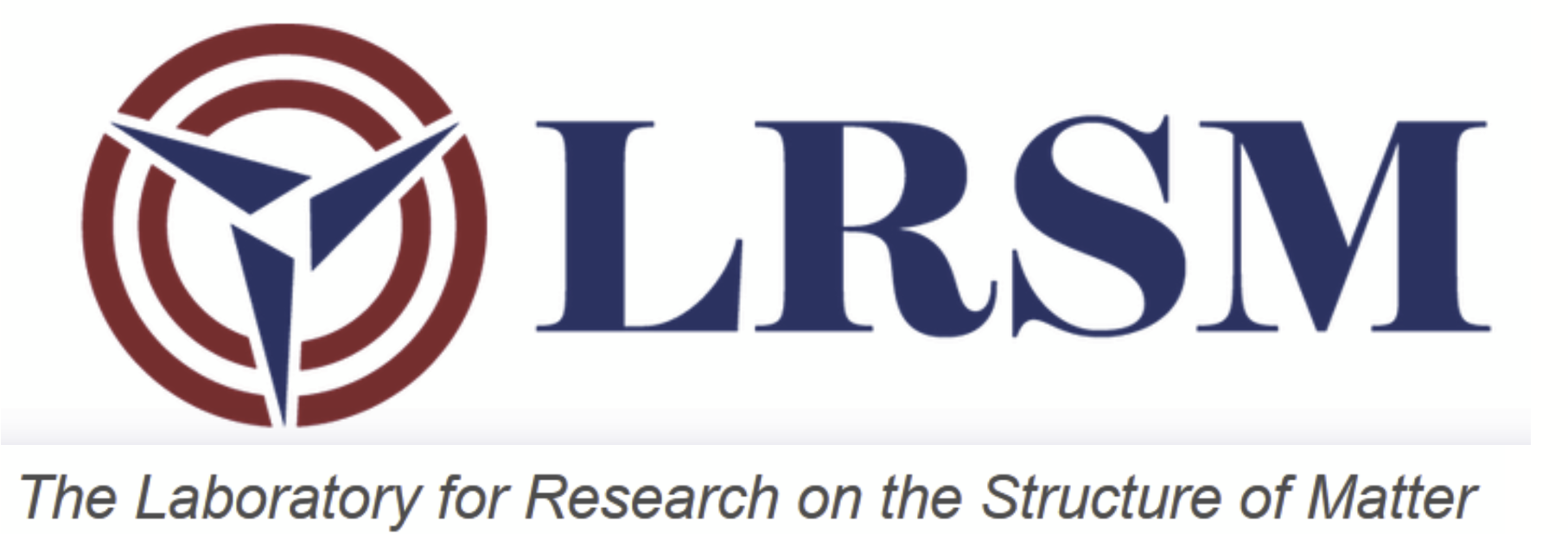H. Vaclav Vitek honorary symposium on atomistic simulations of materials
Keynote speakers:
| Takeshi Egami | Oak Ridge National Laboratory and University of Tennessee, USA |
| David Srolovitz | University of Hong Kong, China |
| Adrian Sutton | Imperial College London, UK |
| Yuri Mishin | George Mason University, USA |
| Diana Farkas | Virginia Tech, USA |
The macroscopic physical properties of materials are to a large extent determined by the presence of crystal defects and the processes that control their evolution at the atomic scale. They can be conveniently studied using atomistic models based on a variety of empirical and semi-empirical potentials or even using the density functional theory. The predictions of these models can serve as inputs into a hierarchy of multiscale schemes based on discrete dislocation dynamics, phase field models, and crystal plasticity finite elements.
Vaclav Vitek (or Vašek as he is familiar to many of his peers) spent his entire career, which spanned Czechoslovakia, the United Kingdom, and the United States, in a quest to understand the links between different types of defects and the macroscopic mechanical properties of materials. In developing models describing the atomic-level processes in materials, he often recalled Einstein’s principle of simplicity that „the model should be made as simple as possible, but not simpler“. His great insight and intuition gave rise to the concept of gamma surface, an explanation of the anomalous slip in L12 intermetallics (Paidar-Pope-Vitek model), twinning and anomalous slip in bcc metals, and others. Vasek’s research is also notable for its use of state-of-the-art interatomic potentials as they evolved throughout his career, from simple pair potentials in the 1960s and 70s, through many-body central force models of the Finnis-Sinclair or EAM types in the 1980s and 90s, density functional theory and Bond Order Potentials (BOPs), a linear-scaling quantum mechanical method via a fruitful collaboration with the late David Pettifor, FRS, into the 2000s and beyond. Indeed, his students were always well-versed in the development and application of new interatomic potentials! Join us to celebrate Vasek’s lifelong contribution to the field of computational materials science as well as to celebrate his recent election as a Fellow of the Royal Society.
The symposium covers the following topics:
- Atomistic simulations of crystal lattice defects
- Theoretical models of atomic-level stresses in crystalline and amorphous materials
- Development of interatomic potentials for materials with complex bonding
- Stacking faults in crystalline materials and their impact on mechanical behavior
- Theoretical and atomistic studies of grain boundaries
Symposium organizers:
| Roman Gröger | Institute of Physics of Materials CAS, Czechia |
| Matous Mrovec | ICAMS Bochum, Germany |
| Marc Cawkwell | Los Alamos National Laboratory, USA |




